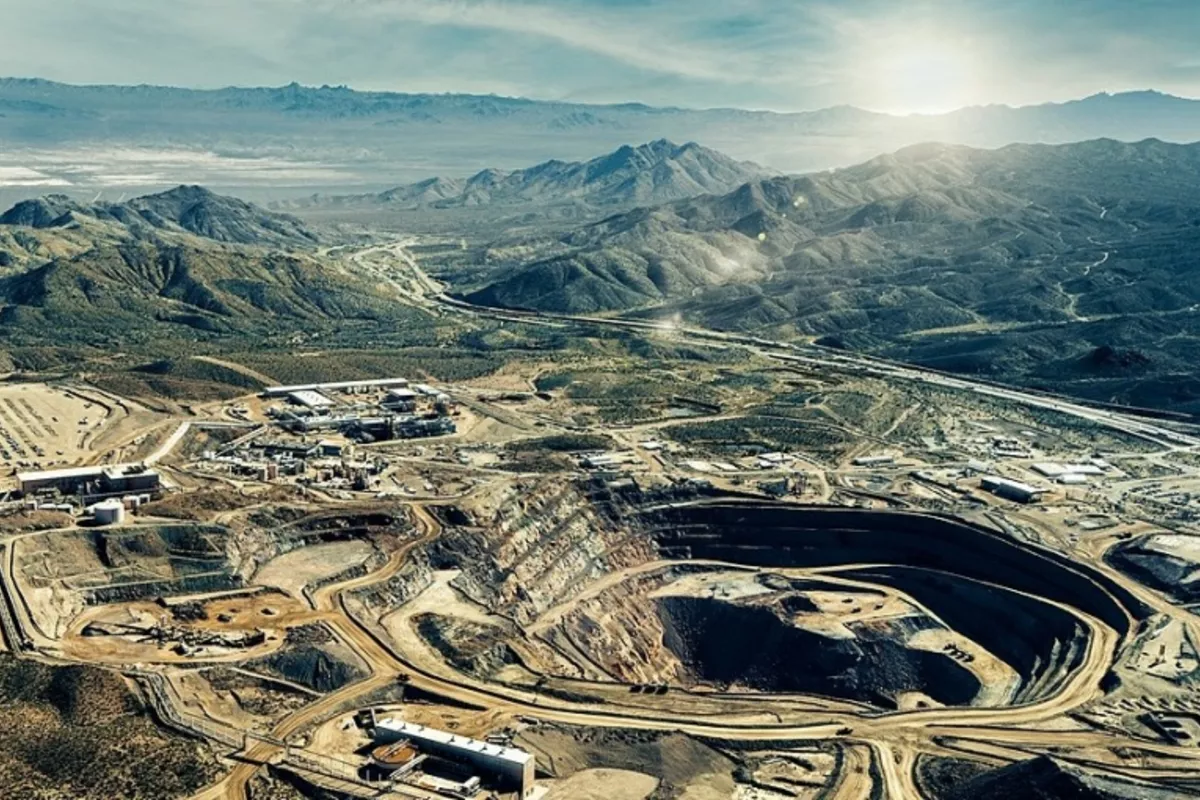
Photo: iStock
Geological surveys at the Kuirektykol deposit in Kazakhstan’s Karaganda region have uncovered a substantial increase in rare earth metal reserves.
Updated estimates now indicate that the site contains 28.2 million tons of commercially viable rare earth elements-an increase from the earlier projection of 20 million tons, The Caspian Post reports, citing The Times of Central Asia.
Exploration work began in 2022, and by November 2024, geologists had already confirmed significant concentrations of cerium and other lanthanides across four key zones at depths of up to 300 meters.
Alibek Aldeney, Deputy Akim of the Karaganda region, said that the surveys also revealed new prospective sites for gold, copper, and tungsten.
“Foreign companies are already conducting surveys. This will allow us to expand our mineral resource base and create new production facilities for processing rare earth and precious metals,” Aldeney said.
Industry experts have long maintained that Kazakhstan holds the potential to ensure stable supplies of critical minerals amid rising global demand.
In August, Prime Minister Olzhas Bektenov convened a meeting to discuss the development of Kazakhstan’s rare earth sector. He emphasized the need to modernize production, adopt advanced technologies, and increase scientific research.
According to the Ministry of Industry, rare and rare earth metals currently account for 2.4% of the country’s metallurgical sector. Since 2018, the government has invested KZT 67 billion (approximately $124 million) in the industry.
Kazakhstan is currently exploring 25 promising rare earth sites across a combined area of 100,000 square kilometers. In 2024 alone, 38 new deposits of solid minerals were identified.
Production of beryllium, tantalum, niobium, scandium, titanium, rhenium, and osmium is already underway, along with the extraction of associated elements such as bismuth, antimony, selenium, and tellurium.
Share on social media